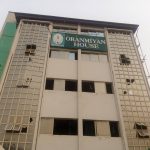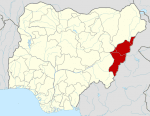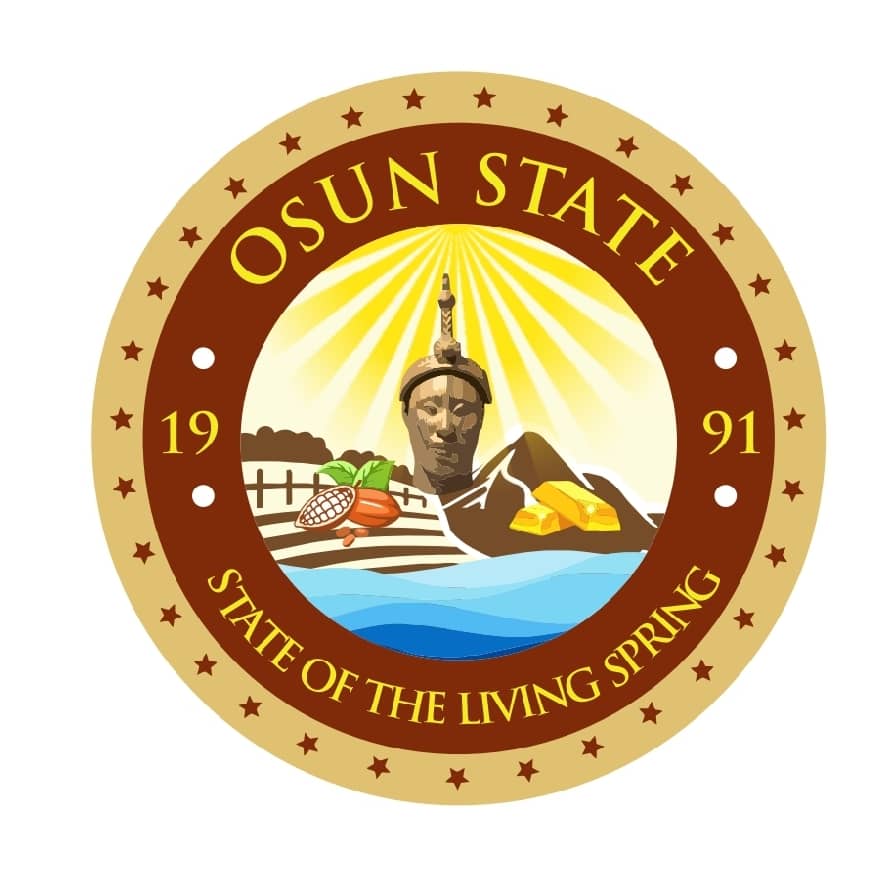BY WALE BOLORUNDURO
RECENTLY, the President Mohammed Buhari led Federal Government opened up a space for states to access a 30- year Financing Facility and for each state to borrow N18.22bn. This is in line with its plan to cushion the economic effect of coronavirus pandemic that ravaged the whole world, two years ago.
Because the facility will not be available at once, but in tranches over a six (6)-month period, as the drawdown period, some states are already bridging this gap through Bridge Finance, which will be taken out by this FGN facility. Although, the facility is supposed to be fiscal support facility, it is also available for financing of infrastructures included in the budgets of states. Lagos State government has disclosed that it will use the facility for Lekki- Epe road project (N15bn) and for its other regional roads (N3.2bn). The state has also obtained its House of Assembly approval to take the loan. For Lagos state to add this to its pipeline of funding, which had earlier been dominated by medium term bond issuance programs, it underscores the flexibility, the long term and the favourable terms of the facility.
The facility is too good to be ignored by any state, considering the five percent interest rate during the two years moratorium period and the nine percent during the repayment period. Two months after the public announcement, the State of Osun is yet to disclose its plan and the intending purpose of the facility, but considering the need to finance the deficit in its 2022 budget and the return of its loan deductions, after the two years forbearances. One does not need any soothsayer to know that Osun will take this loan, pronto, like other states, irrespective of its usual grandstanding on its preference for expensive contract financing that limits due process on procurement to single source, while excluding local contractors that do not have financial wherewithal.
This is the third time the Buhari-led FGN will be offering this long-term window for refinancing and financing to states and it is a major win on Fiscal Federalism. Although, Fiscal federalism is not the sermon now, the import of this fiscal restoration is that, should a state, still be borrowing and what is the borrowing capacity of a state or a country and how do you determine the borrowing capacity of a state or a nation.
First is the debt to Gross Domestic Product (GDP) and it is the globally acceptable method of determining borrowing capacity and it is well known in the public finance publications. Nigeria, at a projected debt of N42trillion (N35 trillion as at June 30, 2021), the total debt stock to GDP is about 25 percent, while South Africa is at 80 per cent. Egypt is at about 90 per cent. For the state of Osun, the State Gross Domestic Product (SGDP) was reported to be 9.78bn dollars in 2012 by Renaissance Capital and this was projected at 5.6 per cent per annum to 10.9bn dollars in 2014 and 13.57bn dollar in 2018. At the official exchange rate then, the GDP of Osun translated to N2.0trillion in 2014 and N2.5trillion in 2018. The debt to GDP was capped at a very low level of 8 per cent which became the debt ceilings of N160bn in 2014 and N200bn in 2018 for the state term borrowing plan. The various Debt Ceiling Approvals were put in place for Osun including the House of Assembly approval for 2014, 2015, 2016, 2017 and 2018 borrowings and despite this, total debt of Osun as at 2014 and 2018 was never up to N160bn and N200bn respectively, leaving a headroom of about N30bn always. As at November 2014, the domestic debt of Osun was about N104bn and external debt was about N11bn and as at November 2018, the domestic debt was N141bn and external was about N30bn.
This borrowing capacity and the rationales of the model were the positions and the submissions of Chief Adegboyega Oyetola, the 2018 All Progressives Congress (APC) candidate during the governorship debate. The governorship candidate of APC convincingly presented the case, such that no one was at a loss as to his involvement in eight (8) years of Ogbeni Rauf Aregbesola’s administration. So, what else could be responsible for his current volte-face on the issue and the current government – sponsored racket, other than the orchestrated smear campaign against his predecessor, Aregbesola. May be Governor Oyetola thinks Aregbesola should have borrowed those funds and kept them for the crown prince, his lordship to come and spend post 2018. The latter is like turning logic on its head. This aspect is just one of the aspects of governance that reveals that Oyetola was privy to all the things that happened during the eight (8) years of Aregbesola.
The alternative model, its variant and conclusion will be presented in Part II.
- Wale Bolorunduro, PhD
Former Commissioner of Finance, Economic Planning and Budget writes from 6B Lase Ogunleye Street, off Fadahunsi Avenue, Ilesa, State of Osun.











